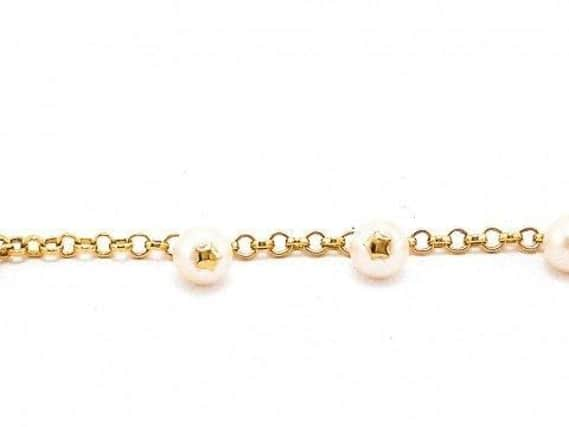A touch of historical fake glamourÂ


At the time he was frustrated by the nature of the glass that was used in jewellery, which being so soft was easily worn down.
He began to experiment with new compounds of flint, and also of potash and lead oxide and produced '˜lead glass', a material that was hard enough for people to be able to to cut and polish like a gemstone.
Advertisement
Hide AdAdvertisement
Hide AdHowever, it was not George Ravenscroft who gets the credit for the popularity of paste jewellery. The honour for that lies with George Frederic Strass, who was a Parisian jeweller in the 18th century.
George Frederic Strass at the time played with the concept of lead crystal further still until he could imitate diamonds, which when they were mounted in silver settings could rival the genuine article.
The jewellery of George Frederic Strass took the form of its original counterparts along with pastes set in silver or those set in silver gilt, which were usually backed with tinfoil to increase their sparkle and many of them were decorated with strips of gold or were decorated with gold beading for an extra touch of glitter.
Although paste Jewellery continued to be popular right up until the 1930s, it became somewhat '˜cheap and cheerful' jewellery and it lacked the beauty and the finish of the 18th century examples.
Advertisement
Hide AdAdvertisement
Hide AdAntique paste jewellery is popular in the salerooms when it is embraced for what it is; elegant, beautiful jewellery in its own right, not merely a copy of real diamonds. It is marvellous to handle, versatile and enriching to wear and a perfect expression of the period in which it was constructed.
Â